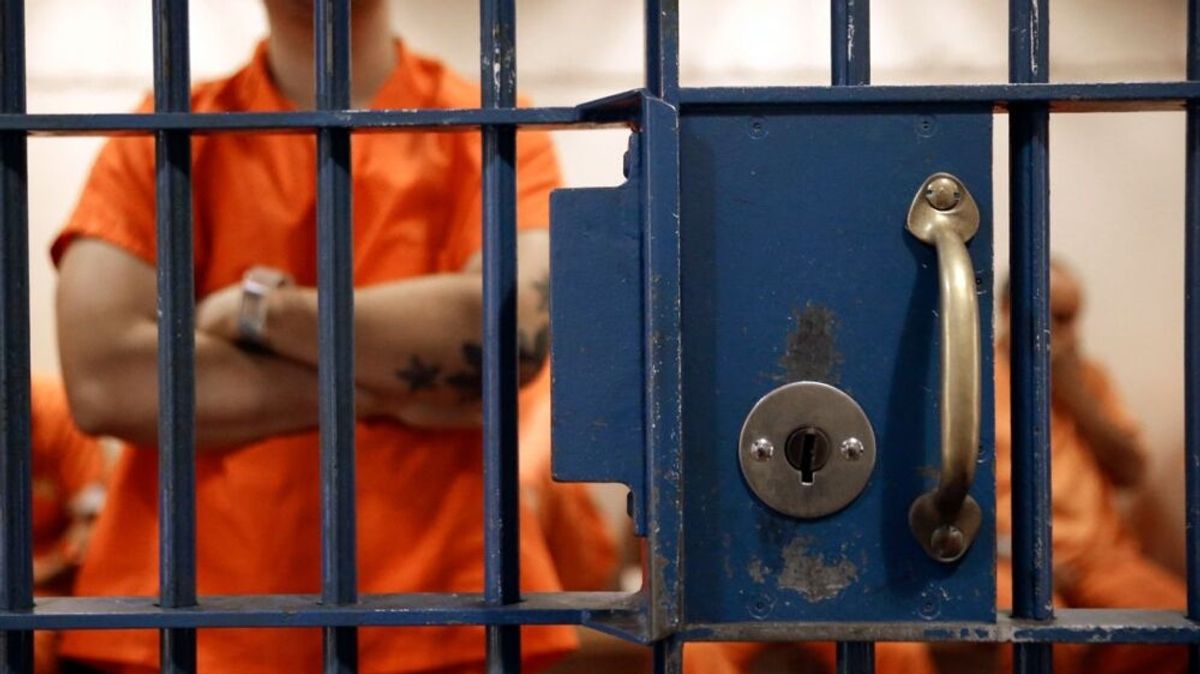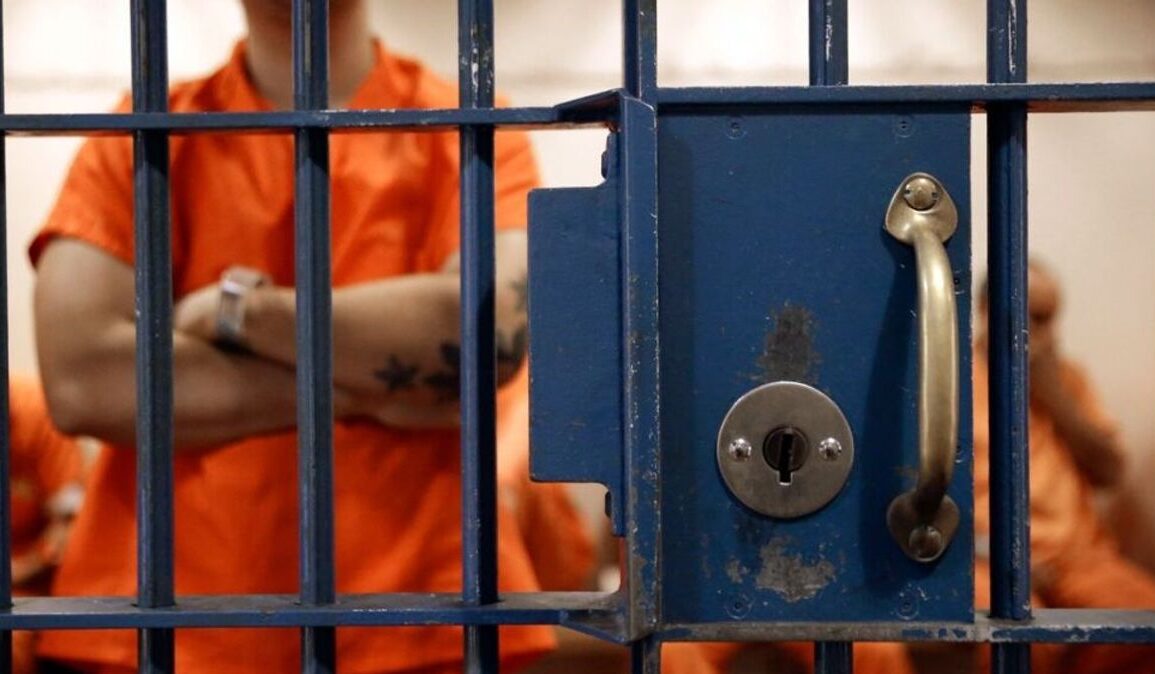
After an eight-month-long investigation, we have found that lockdowns in U.S. state and federal prisons have become a frequent and severe method of controlling the prison population. This method often surpasses punitive segregation conditions, amounting to isolation with no routines, limited access to showers or exercise, and no communication with the outside world. Historically, such measures have been reserved for major disruptive events. However, they are now being implemented for minor incidents or without clear justification, impacting prisoners’ civil and human rights.
Lockdowns: A Growing Trend
The investigation reveals that at least 33 state prison systems and the majority of federal medium, high, and maximum-security prisons have implemented lockdowns since 2016. This trend is not fully explained by staff shortages, as it aligns with a response to prison strikes and efforts to exert more control over prisoners.
The Veil of Euphemism
Lockdowns are often not reported or are euphemistically described, making it difficult to obtain accurate data. It’s estimated that on any given day, over 22% of state and federal prison populations could be under lockdown. The COVID-19 pandemic has further normalized such protocols, exacerbating the issue.
Women’s Prisons: Crisis in the Making
Women’s prisons, particularly in California, have also experienced frequent lockdowns leading to mental health crises among inmates. The federal Bureau of Prisons (BOP) has been inconsistent in reporting lockdowns, and inquiries about their frequency are met with vague responses.
The situation has resulted in a lack of transparency and accountability, with prisoner advocates and family members expressing concern for the well-being of those inside. One such person is Mary Frances Barbee, a mother, whose sons are incarcerated. They, along with countless others, bear the brunt of this harsh disciplinary regime.
This post was originally published on this site be sure to check out more of their content.









